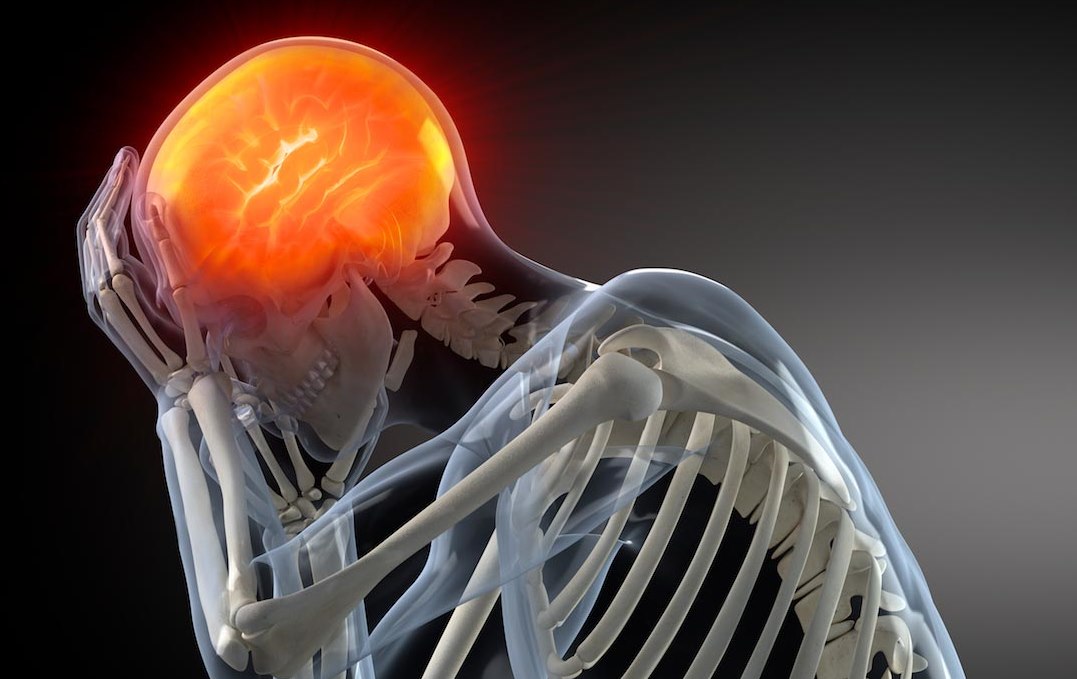
Intelligence officers hit by "Havana Syndrome"
Meanwhile, the National Security Agency confirmed in a letter back in 2014 that the U.S. was investigating whether microwaves had been beamed at an embassy and were causing illness to intelligence officers, diplomats and others. The mysterious illness was dubbed as "Havana Syndrome." In 1996, NSA colleagues Michael Beck and Chuck Gubete traveled to a "hostile country" on a brief assignment and ended up falling ill. Beck and Gubete were allowed to enter the country but not after being detained for one hour at the airport. The men said they knew they were being watched. Beck said they were a few days into their assignment when he started becoming ill. "It was extreme fatigue and weakness," he recalled. "I was a bowl of jelly and couldn't get moving." Beck was diagnosed with early-onset Parkinson's disease 10 years later at the age of 46. Gubete, whose family had a history of Parkinson's, died several years later. In 2014, Beck filed a worker's compensation claim with the NSA, which send him a letter confirming the microwave attack. "The National Security Agency confirms there is intelligence information from 2012 associating the hostile country to which Mr. Beck traveled in the late 1990s with a high-powered microwave system weapon that may have the ability to weaken, intimidate or kill an enemy over time and without leaving evidence," the NSA said in its letter. "This weapon is designed to target the living quarters in microwaves, causing numerous physical effects, including a damaged nervous system." Now 61 years old, Beck is trying to prove his claim. His lawyer Mark Zaid pointed out that the NSA's s letter came in 2014, two years before the first Havana Syndrome cases were reported after diplomats and intelligence officers were sickened while in Havana, Cuba. Now, there are more than 200 cases of people in several different countries describing symptoms including high-pitched sounds, steady "pulses of energy" in the head, pain, nausea, dizziness and memory loss. (Related: Mysterious "Havana syndrome" affects more American diplomats, soldiers and spies than previously thought.) Retired Central Intelligence Officer John Sipher, who served in Moscow during the 1990s and led the spy agency's operations at Central Intelligence Agency (CIA) headquarters in the 2000s, described Russia's intelligence services as being particularly aggressive. "They would use whatever means possible to collect [intelligence] against us," said Sipher. "I've stayed in touch with a lot of folks, and it is a general view that the Russians have probably taken actions that have impacted the health of American diplomats and intelligence officers."Microwave signals target embassies
The use of microwave signals to target embassies were stated in memos from the State Department, the CIA and presidential advisers. In 1978, Jack Matlock, Moscow embassy's No. 2 official at the time, wrote: "This would seem an appropriate opportunity to reiterate at a high level our standing demand that microwave signals directed at Embassy be shut off forthwith." The illness wasn't caused by an accident, said Dr. James Giordano, a professor of neurology at Georgetown University who is investigating the initial cases from Havana for the State Department. The National Academies of Sciences also compiled a report supporting the microwave theory "The mechanism that we found most plausible was a form of microwave radiation that occurs in a pulsed or intermittent form," said David Relman, a Stanford University professor. "We believe, although we can't show with direct evidence, that this microwave phenomenon could account for at least some of the clinical features." Sources include: NewsMax.com WPRL.orgAussie household goods store owner slams restrictions on unvaccinated people
By Ramon Tomey // Share
Governments push for vaccine mandates despite proof of declining effectiveness of COVID vaccines
By Mary Villareal // Share
Steel Truth: Dr. David Martin talks about the COVID criminal conspiracy – Brighteon.TV
By Ramon Tomey // Share
CLAIM: Farmers ordered by government to destroy crops, food shortages coming
By Ethan Huff // Share
Ember & Edge: The lost art of self-reliance in a fragile world
By kevinhughes // Share
Trump issues veiled threats to Mexico, Colombia and Cuba following Venezuela military operation
By bellecarter // Share
Russia condemns U.S. capture of Venezuela's Maduro as "armed aggression"
By avagrace // Share
Escalating conflict in Yemen: Saudi Arabia and UAE-backed forces clash over oil-rich Hadramout
By bellecarter // Share
AI threatens the future of private messaging, experts warn
By lauraharris // Share
Gold and silver finish volatile 2025 with historic gains amid market turmoil
By kevinhughes // Share











